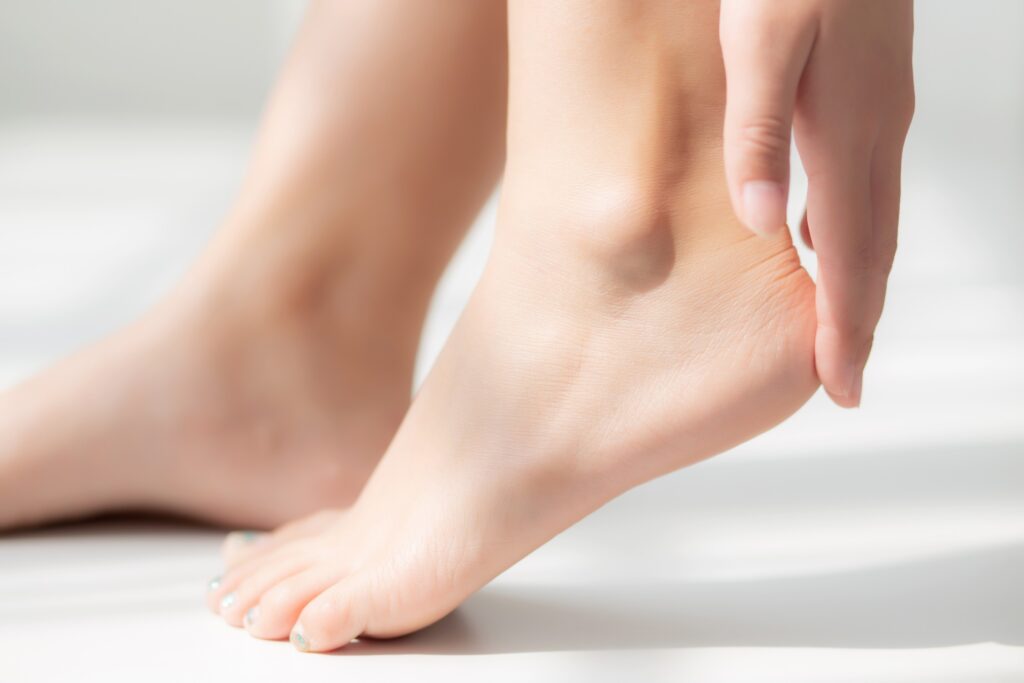Are you feeling pain in the heel of your foot, especially when you bear weight on that side of the body? You might have developed a heel spur, a bony growth at the back of the foot.
They tend to form when cartilage begins to deteriorate in this part of the foot under strain. Then the bone attempts to repair this damage and generates deposits of calcium that become spurs.
When pressure on the heel pushes the spur into the surrounding tissue or nerves, you can feel foot pain. Other symptoms of a heel spur include swelling, stiffness, and redness in the area. Not all bone spurs present with pain, but if you do experience discomfort, your podiatrist can help.
A podiatrist can evaluate the condition of your heel spurs with a visual exam and x-ray imaging. Then they can determine a targeted treatment plan that suits your unique needs. Learn details about potential treatment options for your heel spurs when you read on.

Lifestyle Changes
Bone spurs in the heel of your foot might develop for a number of reasons, including genetics and other factors outside of your control. However, you can also make efforts at home to adjust certain habits, like bad posture and a poor diet, to manage these growths.
You can also find relief from pain caused by heel spurs by icing the bottom of your feet. The cold temperature can reduce swelling and inflammation. You can also try at-home stretches and exercises to relieve irritation.
Orthotic Inserts
Wearing custom orthotics provided by your podiatrist can help you manage pain caused by heel spurs. You can place these inserts in your shoes to provide support to the arch of your foot.
The extra help from the orthotics can prevent pressure on the spurs on your heel, which will relieve pain and irritation. Custom inserts from your foot doctor can provide more targeted treatment than over-the-counter options.
Cortisone Treatments
If you feel significant pain that does not respond to your at-home conservative efforts, you can talk to your podiatrist about cortisone injections. These shots will administer a type of steroid directly to the inflamed area near the spur.
The medicine will reduce inflammation which will in turn lessen your symptoms and bring relief to chronic discomfort caused by these growths. The treatment is not permanent, but you can enjoy the benefits of cortisone injections for about six months.
Shockwave Therapy
Patients with painful heel spurs might benefit from shockwave therapy at their podiatrist’s office. The doctor uses a device to transmit high-pressure waves directly to the inflamed tissue at the heel of the foot.
The waves create a minor trauma to the tissue to trigger a healing response that can increase blood flow and reduce chronic discomfort. You may need more than one session to enjoy the full effects of this therapy.
Surgical Solutions
Most people can find relief from uncomfortable heel spurs without invasive treatment. But if symptoms persist and feel severe despite therapy, you might require surgery to release pressure on the tendon at the bottom of the foot or remove the bone spur at the heel. Your doctor will evaluate your condition to ensure this is the right option for your well-being.
